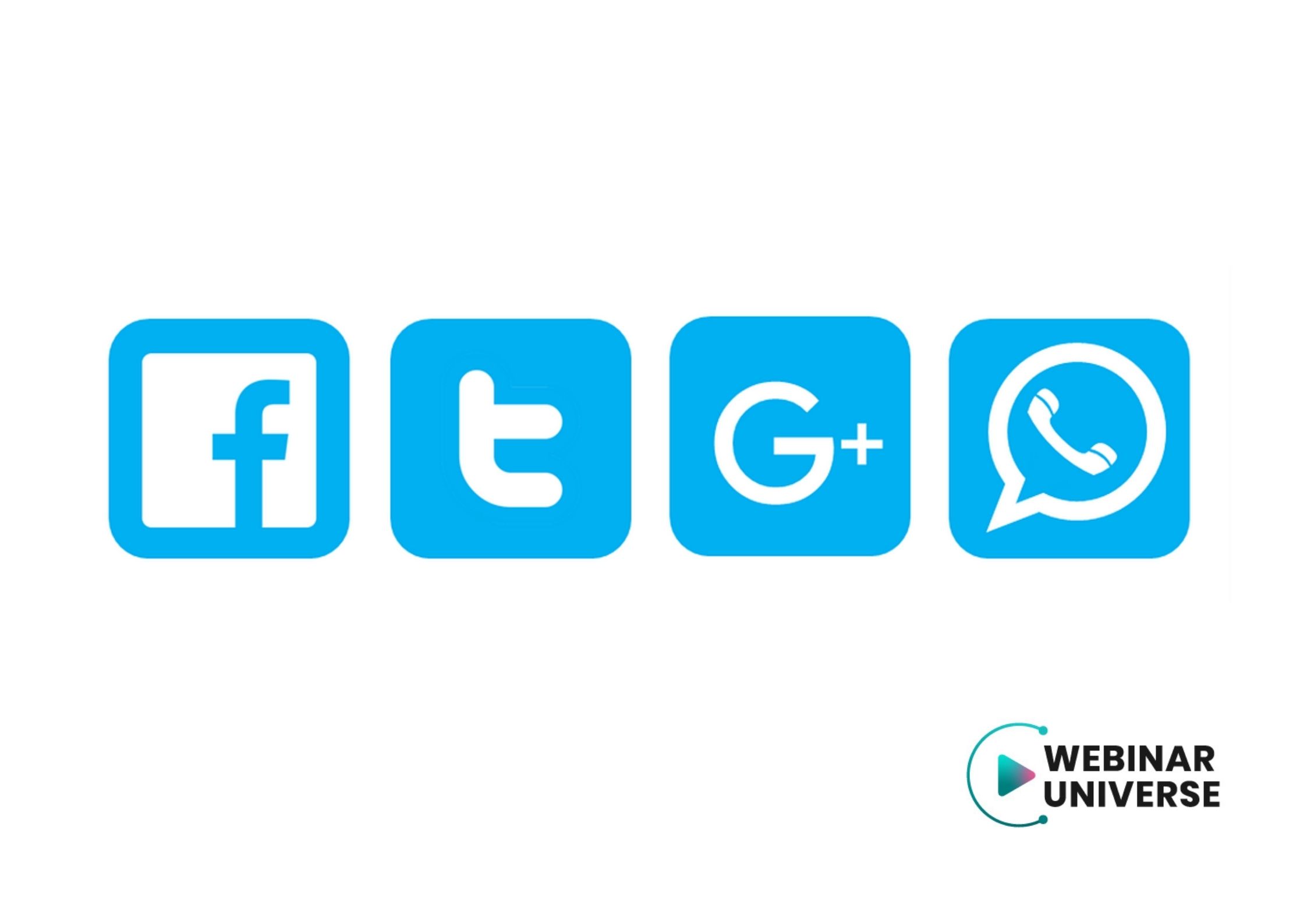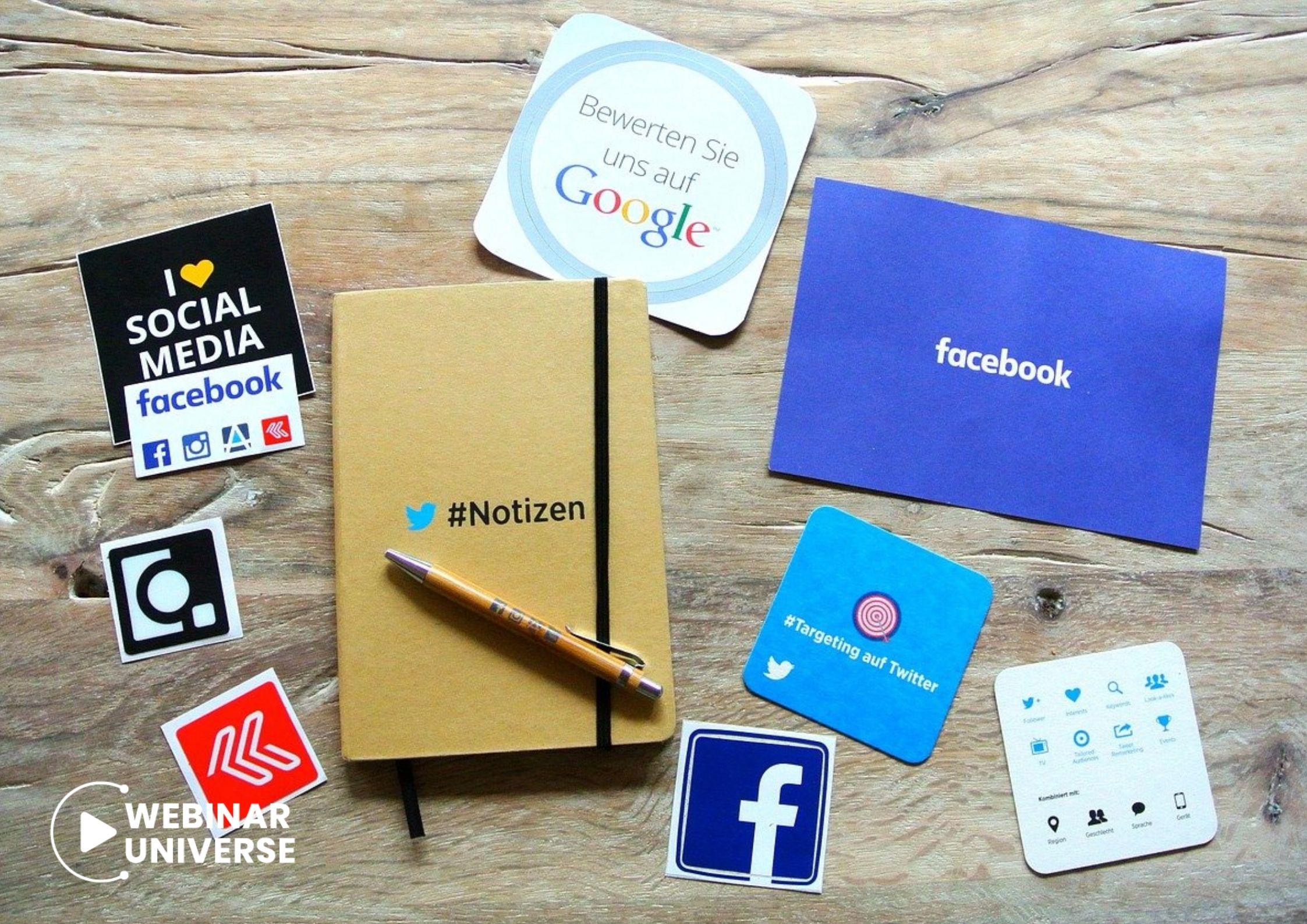Employer and Employee
Like other social networks, LinkedIn uses an algorithm that is constantly updated so that it can provide users with what it thinks is the best possible experience. As a user, you'll notice that our "feed" - which works much like a Facebook feed - provides a steady stream of content. But before that feed reaches your profile, it passes through filters that LinkedIn evaluates.
Some of these rating filters are designed to look for spam, low-quality content, or allow great ones to be allowed. Once the content appears in the feed, we can engage by commenting, "liking" or sharing. Alternatively, we can mark content as spam or hide it so others can't see it. This action helps determine what we will see next. Actions can also affect how others receive content.
In addition to LinkedIn bots, real people are also involved in creating content. They may allow content to continue to be displayed in users' feeds. They may also deem the content worthy enough to receive support so that it appears in more users' feeds.
At its most basic level, LinkedIn is a professional networking site. LinkedIn not only allows you to connect with people you know, but also those in your industry. To use the platform effectively, you should start with a well-built portfolio.

Create yourself and your company
It's a good idea to include your company logo or your face in your logo, give an appropriate title and summary, and highlight your professional or industry experience, as well as add your education and skills.
For employees, this positive profile we've just built will make us more likely to be found by companies and recruiters looking for talent. But we can also be proactive by using LinkedIn's "let recruiters know you're looking" tab located under career interests and the "job referrals" tab that helps job seekers find jobs.
The same benefits that employees enjoy from a well-developed professional network can also help employers. The site allows you to search for potential job candidates or keep track of companies that have already hired someone. LinkedIn is also a search engine that searches for jobs that will match candidates, so it's important for employers to use keywords and phrases that an ideal employee might type in when looking for new employment.
Being active pays off
While LinkedIn is a social network for professionals, it has evolved into a platform for social selling, talent acquisition, brand outreach and more. One general rule of thumb for increasing LinkedIn reach and engagement is to offer something of value to the people on the platform. So long-form content would not be your goal in itself, but a way to create value for your audience.
Long-form content is a great way to deliver in-depth documents, tutorials, research reports, case studies and much more. We don't have to worry about the length of the article. The key is to make sure every word interests the reader. LinkedIn offers a feature where you can write articles natively on the LinkedIn platform. You'll get 110,000 characters, which is significantly more than the 3,000 characters we have to use with status updates.
If there's one thing you can't have too much of on LinkedIn, it's data. There is always room for more data. It's worth reviewing the reports that the original data creates. Not only does this help guide your thoughts, but it gives others a reason to use and share your content. This type of research work also positions the brand as a credible authority in the field.
This portal is all about focusing on providing value to the reader. This can be done as simply as a post or status update that reveals a neat new way to use a popular tool. Or you can create a very comprehensive guide on how to use a complex piece of software. In any case, the advantage of this kind of content is that it provides tangible value to the reader. It gives something they can use to be successful in their work. Interestingly, webinars, training platforms or online training can be used on this platform. We don't have to rely on publishing the whole thing as one piece of content. We can extract clips that contain specific points/ideas and publish them on LinkedIn.

An employee-only portal?
LinkedIn is not just for professionals and job seekers. Of course, millions of professionals use LinkedIn every day to grow their networks and careers, but we can also use LinkedIn to grow our business.
LinkedIn is less concerned with selling or marketing products and services than other social media platforms. On LinkedIn blatant business promotion, spamming and obvious hard selling are not welcome. That's why it's important to have a marketing strategy specific to the platform. Since the network is made up of completely different audiences, LinkedIn marketing requires a different approach to get the desired results.
According to Sprout Social, companies marketing on LinkedIn generate 277% more leads on average than those marketing on Facebook alone. B2B marketers surveyed also said that LinkedIn accounts for 80% of their social media leads. Used properly, LinkedIn is an effective marketing tool that can take your business to the next level.
Targeting ads on LinkedIn is unparalleled in the field of digital advertising. Small businesses can focus on the exact industry, company size, and people they know would typically buy their product or service. For example, if a brand sells customer service software to small businesses in the United States, it can set its ad campaigns to display only to companies with fewer than 100 employees, based in America - and within that group, only to executives at companies with a customer service title.
It's also possible to buy some form of advertising. With sponsored updates, companies pay to have their post included in a person's LinkedIn feed. This pay-per-click or pay-per-1000 display feature offers demographics similar to other social media platforms (location, gender and age), but one key difference is the ability to customize based on company name, job title, function, skills, schools and groups.
A sponsored update can be a great way to promote suggestion-based content that is primarily useful to your target audience with a strong call to action. People no longer want to see pure advertising and would rather get something useful for free. By promoting a company's content (white paper, guide, etc.) through a sponsored LinkedIn update, a company can reach a niche audience, increase website visitors and, if the content is attractive enough, generate leads.
LinkedIn is a social network where professionals can connect with other professionals. A business owner can and should connect with potential clients, strategic partners, referral partners and other business owners. And once these contacts are made, the business owner can decide how to nurture specific contacts to grow the relationship. In this way, the portal works for both employees and employers.
.jpg)